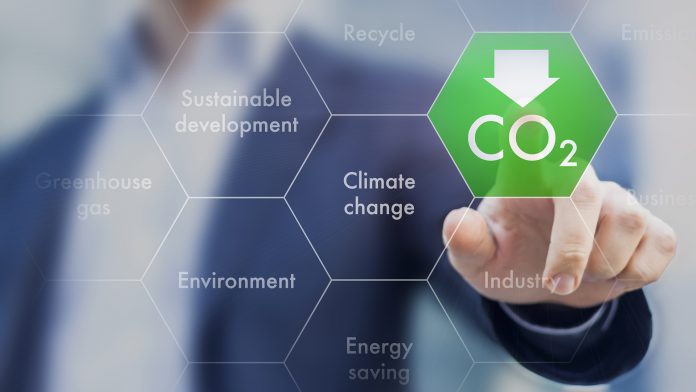With the release of their second Environment Report, CERN illustrates its concreate actions to reduce its environmental footprint by focusing on its greenhouse gas emissions.
CERN released its second public Environment Report today, 24 November, declaring its plans to reduce its environmental footprint. The report covers the years 2019 to 2020 when the accelerator complex was in its second long shutdown.
The organisation took the opportunity during this period of maintenance to improve and upgrade its environmental footprint in several ways. For instance, by limiting CERN’s direct greenhouse gas emissions and working on local heat recovery projects. In addition, a key objective of the long shutdown was to prepare the ground for the high-luminosity upgrade of the Large Hadron Collider (HL-LHC), which is being completed with environmental considerations firmly in mind.
Reducing its environmental footprint
To guarantee transparency and to demonstrate its leadership in environmental management for research organisations, the Laboratory made a commitment in 2019 to communicate about its environmental footprint every two years. They also vowed to remain in alignment with the internationally recognised GRI Sustainability Reporting Standards.
“The production of CERN’s first public Environment Report in 2020 enabled us to establish reporting frameworks and set concrete goals,” declared CERN Director-General, Fabiola Gianotti. “This second report is about turning words into action.”
To reduce CERN’s direct greenhouse gas emissions, that were mostly related to the use of various fluorinated gases (F-gases), the experiments launched a leak repair campaign to decrease F-gas emissions. The second long shutdown also marked the first step towards replacing F-gases with carbon dioxide (CO2) in detector cooling systems. CO2 has a substantially lower global warming potential than F-gases. This endeavour contributes to last year’s commitment declared by CERN to reduce greenhouse gases by 28% by the end of 2024 in an effort to shrink its environmental footprint.
CERN is also running various heat recovery projects. In 2019, the organisation signed an agreement with the local French authorities regarding the collection of heat from its facilities at Point 8 of the Large Hadron Collider, to provide heating for a residential area in neighbouring Ferney-Voltaire. Houses are set to be heated with reduced CO2 emissions and at a lower cost. The quantity of heat delivered will be progressive between 8 and 10 years, ultimately reaching 20 GWh/year. A proposal to test the functionality of the system is scheduled for the end of 2022. CERN is continuing to explore heat recovery on the Meyrin and Prévessin sites.
Energy efficiency improvements
The Environment Report also illustrates the energy efficiency improvements implemented at the HL-LHC, in particular its ability to gather more data per unit of energy used. Over the 20-year lifespan of the upgraded machine, energy efficiency will eventually rise to a 10% increase than when CERN’s flagship facility was initially switched on.
In addition to direct greenhouse gas emissions (scope 1) and indirect greenhouse gas emissions related to electricity consumption (scope 2), this year’s report presents for the first-time data related to other indirect emissions (scope 3). This includes business travel, personnel commutes, and catering. A procedure for evaluating procurement-related emissions and a project for greening CERN’s procurement are under preparation and will be included in a future report concerning its environmental footprint.
“CERN is reporting on its scope 3 emissions for the first time, marking an important step in understanding and controlling the environmental impact beyond CERN’s walls, upstream and downstream in our supply chain,” added Benoît Delille, head of the Occupational Health and Safety and Environmental protection unit at CERN.









